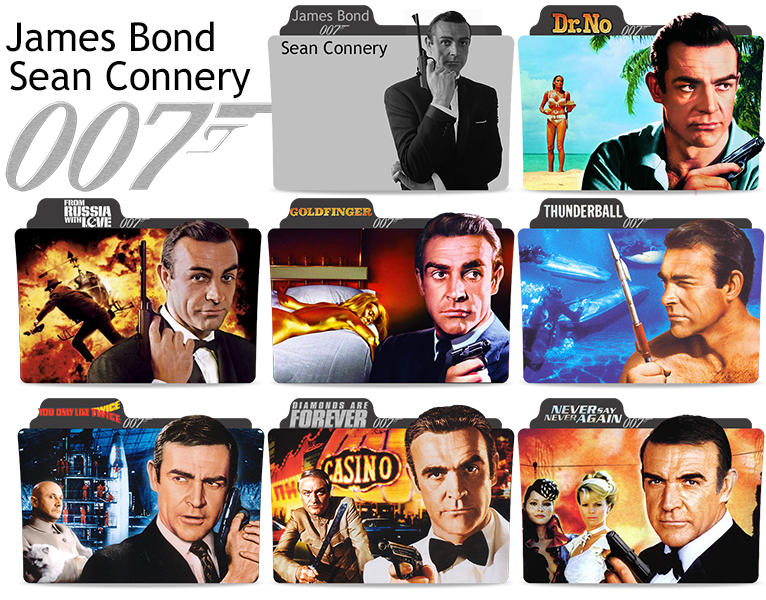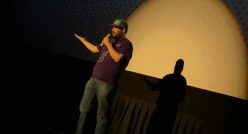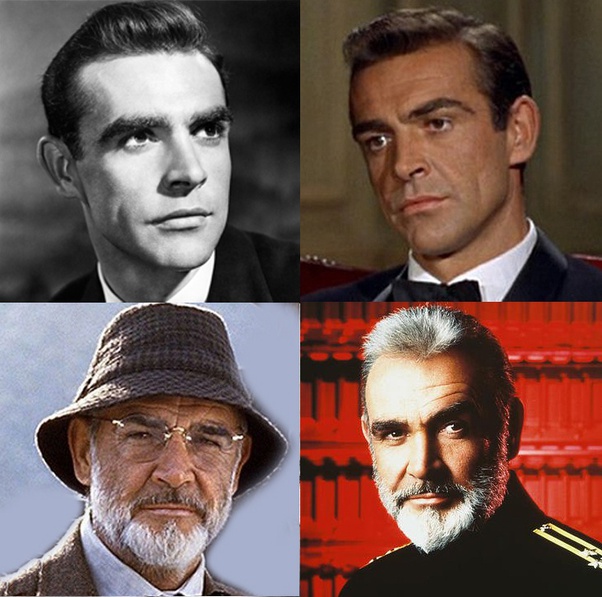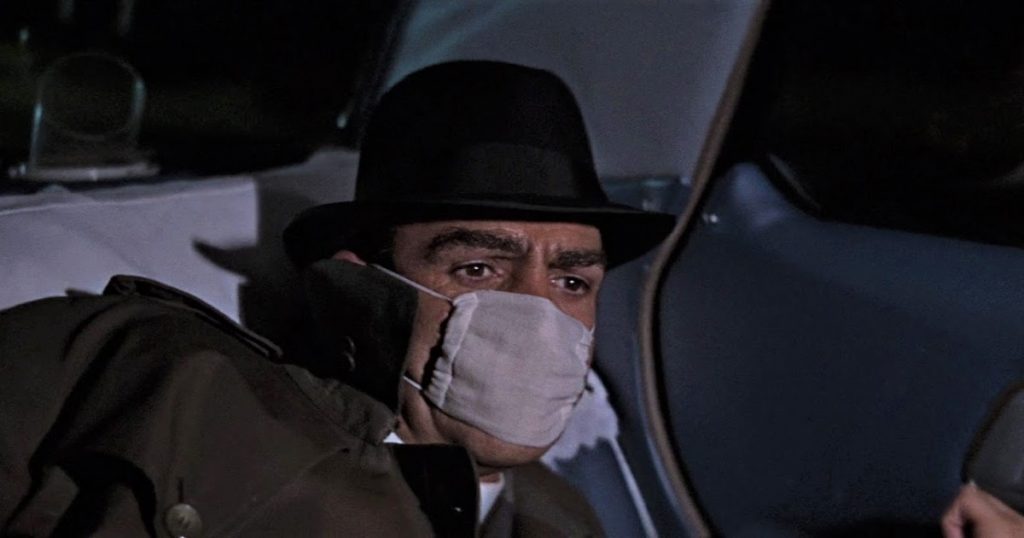I said this before in my review of ‘Bridge of Spies‘, but it’s become rather chic to hate on Steven Spielberg, and, in many ways, I get it. He’s gotten older, he’s gotten softer, he’s made some mistakes, but, at the end of the day, he’s still Steven Spielberg: director of many great movies. In September, I was fortunate enough to be able to revisit a handful of them in real theaters with real audiences, and it was fantastic.

Indiana Jones Trilogy (1981, 1984, 1989)
Many will disagree with me on this, but I think Indiana Jones is actually a better Harrison Ford character than Han Solo, but that discussion isn’t really why we’re here. All three of these movies are great in their own way, and each have moments of undeniable brilliance.
‘Raiders of the Lost Ark’ is much like ‘Star Wars’: inspired by the serials of the past, but set the standard for the future, and, thanks to its success, got the ball rolling (pun absolutely intended) on a whole generation of knock-offs, rip-offs, and its own sequels. Cannon Films alone made no less than three ‘Raiders’-inspired movies throughout the 80s (two helmed by Oscar-nominated director J. Lee Thompson). What sets ‘Raiders’ apart and the reason it still holds up is that it’s essentially a B-movie with A-picture production; everything from the acting and directing to the music, effects, and STUNTS is top notch, and the result is one of the most-enjoyable movie experiences you’ll ever find from start to finish, no matter what the size of the screen.
‘Temple of Doom’ is very much ‘Raiders 2’; similar to the original, but darker, grittier, and more fiery (many of the action set pieces had been conceived for ‘Raiders’ but obviously not executed for it). Many people, hardcore Indiana Jones fans or not, consider this their least favorite of the trilogy, and that’s true for me as well, but I still think it’s a great action-adventure film on its own merits. Really, it just suffers from an identity crisis; had it not been attached to an established property, I think it would be held in higher regard. At least you can’t accuse the filmmakers of making the exact same movie over again (looking at you, ‘Ghostbusters II’, though I still love you anyway).
‘Last Crusade’, dare I say, elevates the material. It certainly maintains the action flourishes established by the first two, but overall it feels more mature, largely because of the father-son relationship (and John Williams took the score in a new direction). I still get teary-eyed every time I see Henry Sr. call Henry Jr. “Indiana” for the first time. Sean Connery gives the best performance I’ve ever seen him put on screen, and for those of you who say Harrison Ford isn’t an “ack-tour”, perhaps that’s true, but he can act; the advantage of seeing him on the big screen is you can more easily notice how much acting he does with his eyes. ‘Last Crusade’ also lets us give proper goodbyes to fan favorites Sallah and Marcus Brody. Maybe I’m biased because it’s the Indiana Jones movie I grew up watching the most, but ‘Last Crusade’ is my favorite of the three; hands down.
Ratings:
‘Raiders of the Lost Ark’ ★★★★½
‘Indiana Jones and the Temple of Doom’ ★★★★☆
‘Indiana Jones and The Last Crusade’ ★★★★★

Jaws (1975)
Before I got to see this on the big screen for the first time, I had actually begun to wonder if the world’s first blockbuster (and one of my favorite movies) was overrated. What a foolish thought that was. ‘Jaws’ is like this amazing estuary where old and new Hollywood meet, and the result is something brilliant and nearly completely timeless. Spielberg, though not necessarily because he wanted to, borrowed much from Hitchcock in terms of monster beast strategy, while adding his own signature visual touches. John Williams’ score is equal parts Bernard Hermann and Erich Wolfgang Korngold before him, tying together both the horror and the sea-faring adventure. Roy Scheider, Richard Dreyfuss, and Robert Shaw are perfectly cast as three disparate men united against a common foe.
I actually think Scheider’s performance as Chief Brody might be a little underrated; the character’s arc of having to face down his biggest fear in order to protect both his own family and the islanders who only tacitly accept him is well-written enough, but he adds quite a bit of depth on his own (let’s not forget it was Scheider himself who came up with “You’re gonna need a bigger boat”).
I regret not finding out for sure, but sitting next to me was a woman who appeared to be seeing ‘Jaws’ for the first time (I base this on her reactions to, well, everything). When you can make a movie that still scares people 40 years after its release, you know you did something right. Kudos to Spielberg on that.
Rating: ★★★★★

Close Encounters of the Third Kind (1977)
When I was a little boy in elementary school, I was very much into reading about UFOs, the Bermuda Triangle, and cryptozoological creatures, so believe me when I tell you that ‘Close Encounters’ does an incredible job of sewing together all sorts of myths, legends, and wild conspiracy theories into a serious and seriously compelling science fiction motion picture (Richard Donner would say it has Verisimilitude). It’s been overshadowed by ‘Star Wars’ in the long run, but there’s no denying that ‘Close Encounters’ had its own distinct cultural impact, not to mention that one is science fiction and the other is science fantasy…
The true triumph of the movie, even more than the story of mankind succeeding in its search for extraterrestrial life, is the idea that music can be a truly universal language that everyone from nerdy scientists to space aliens to small children can understand. When you factor in the level of detail written into the movie, the breadth of locations, and the fact that Carl Weathers shows up as a soldier, that’s a winner of a film in my book.
It’s a slow-burner for sure, and that’ll turn some people off, but on the whole I think it’s a must-see for the genre.
Rating: ★★★★☆







